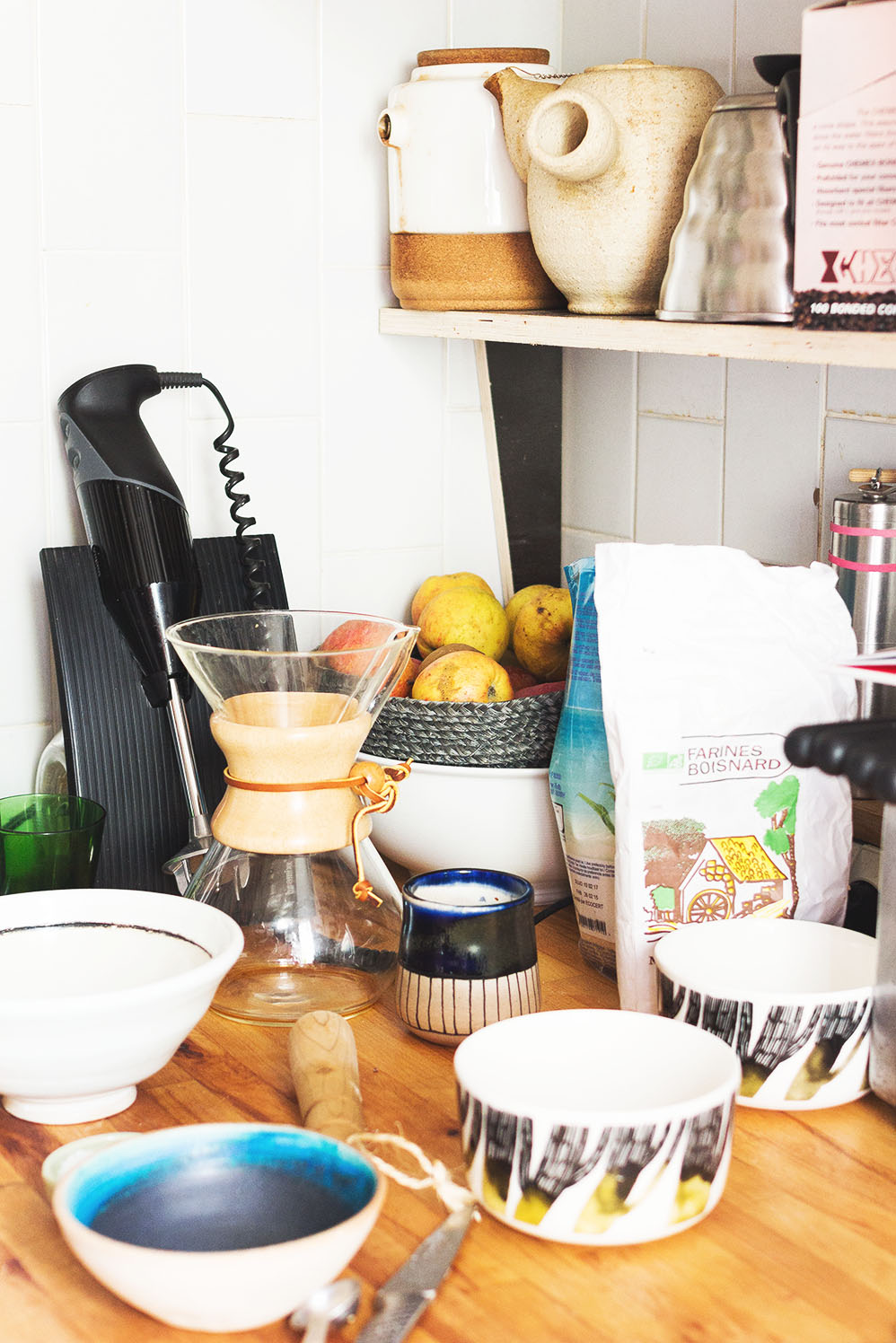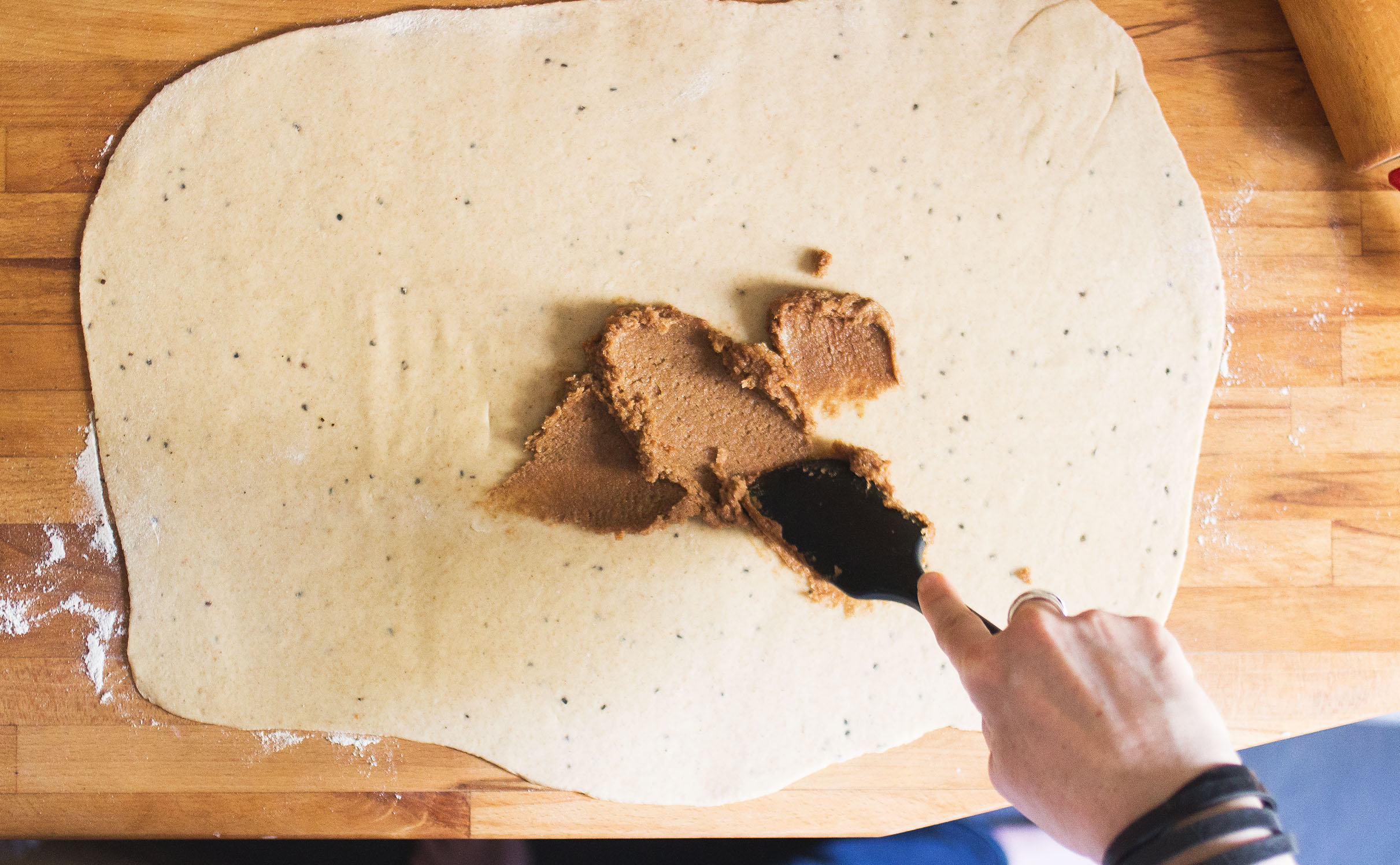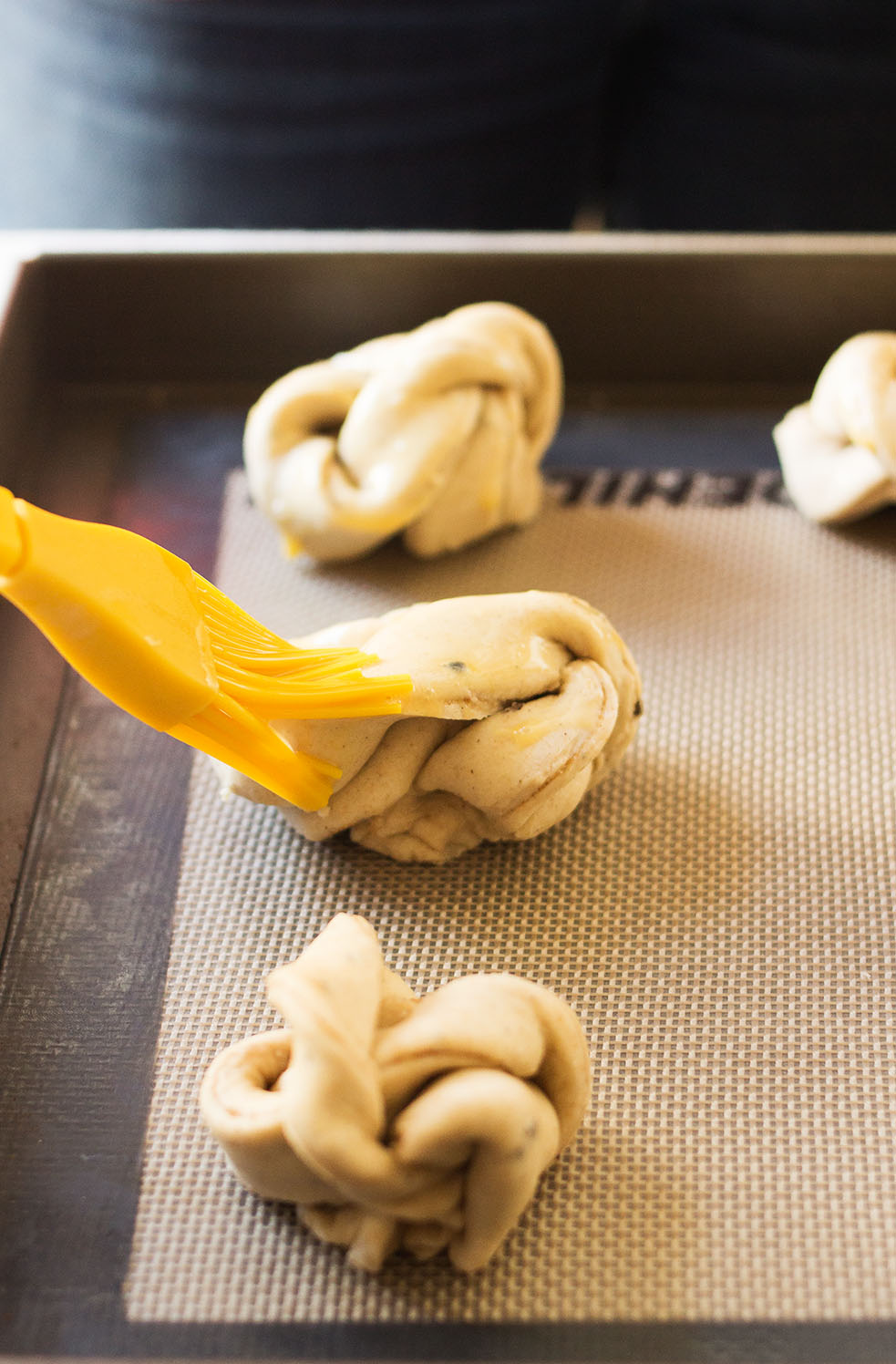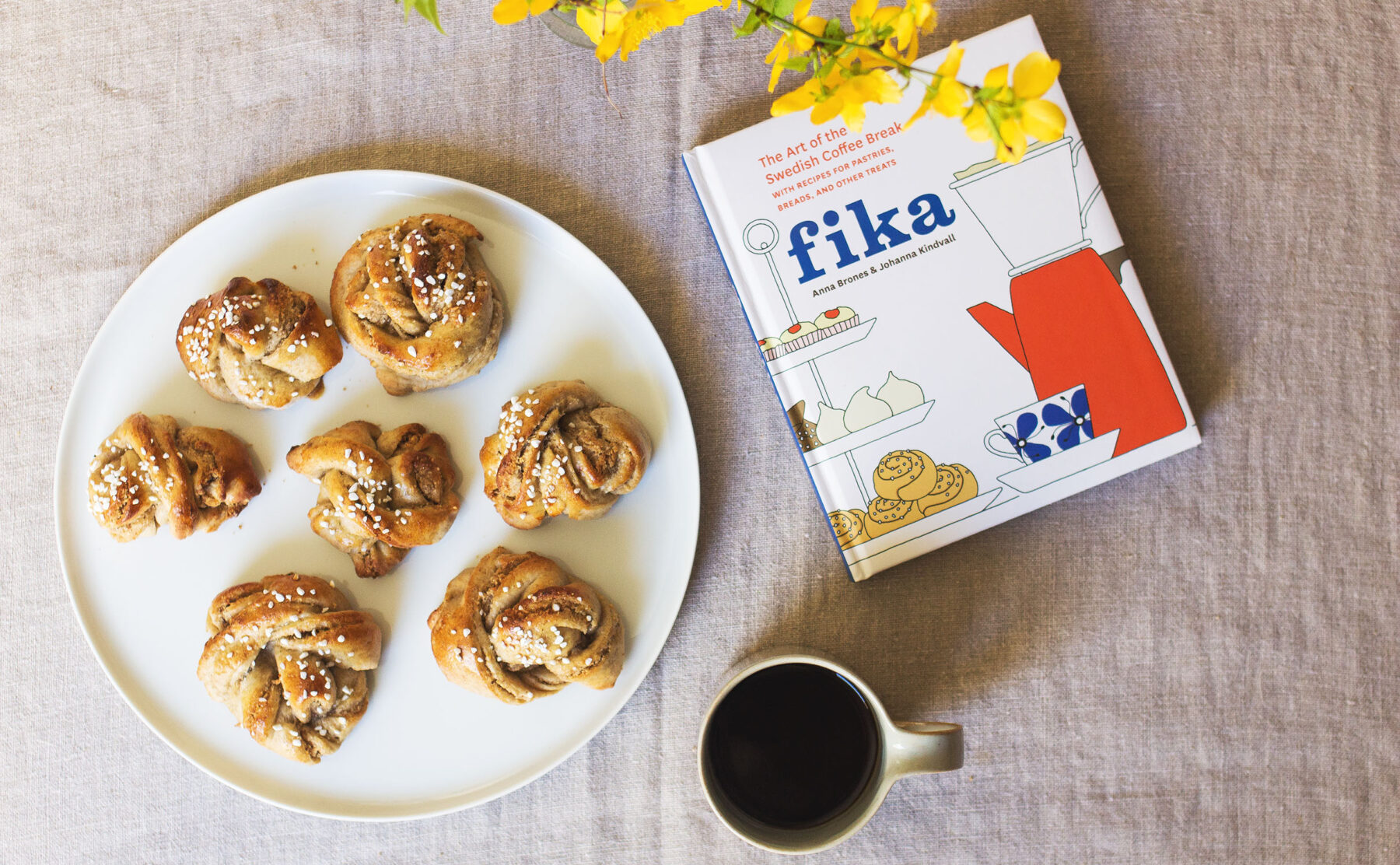More than a coffee break with sweet nibbles, fika is a cultural institution in Sweden where informal meetings between friends are a necessity. Fika is a delightful breather worth adopting.
It’s ingrained in Swedes from a young age that coffee breaks are serious business, so much so that they even have their own name. Fika derives from the Swedish word for coffee, kaffe, which has been reversed (as is often done with Swedish slang) to become ‘feka’ and left to brew before transforming into the four-letter word it is today. The term means ‘to drink coffee’, but to Swedes, it is so much more than that – it is a concept, a social occasion and a pause between the daily routine. One should always make sure to stop and have a coffee, accompanied with something sweet. Asking a friend to go for fika is not only quite common but a requirement.


For American-Swedish author Anna Brones it’s a part of her heritage and she recently co-authored a recipe book around the subject, along with illustrator, Johanna Kindvall. Anna’s love for coffee rituals was inherited from her Swedish mother who, during her childhood, often had something baking in the oven ready to greet a friend or family member that might show up for a cuppa.
Fika is traditionally accompanied by sweet baked goods, and bullar (buns) are perhaps the quintessential component. For this recipe, Anna prepared Kardemummabullar or cardamom buns, which are less sweet than their cinnamon counterparts – fika’s more popular protagonist – and an example of how the traditional recipe can be changed slightly to suit occasion or taste.
“While I am all about tradition, I also love tweaking recipes. I am always looking for ways to improve on the classic sugar, butter, flour combination. This time around I baked with rye and whole-wheat flour, which gives more flavor to the bun itself, and instead of sugar, I used honey. I added hazelnuts and cardamom. The result was tasty, and a fun twist on the classic. It’s also one of my favorite Swedish recipes because it leaves your kitchen smelling amazing.”
Vetebullar – Cinnamon and Cardamom Buns (makes 30 to 36 buns, or 2 lengths)
-
For the dough:
- 1 7 tbsp (100 gr) unsalted butter
- 2 1½ cups (360 ml) milk
- 3 2 tsp active dry yeast
- 4 4½ cups (640 gr) all-purpose flour
- 5 ¼ cup (50 gr) natural cane sugar
- 6 1½ tsp whole cardamom seeds, crushed
- 7 ¼ tsp salt
-
For the Filling:
- 1 7 tbsp (100 gr) unsalted butter, room temperature
- 2 ½ cup (100 gr) natural cane sugar
- 3 3-4 tsp ground cinnamon or whole cardamom seeds, crushed
- 4 2 additional tsp crushed cardamom seeds, if making filling using cinnamon topping
- 5 1 egg, beaten
- 6 Pearl sugar or chopped almonds
Method
To prepare the dough, melt the butter in a saucepan; then stir in the milk. Heat until warm to the touch (about 110°F/43°C). In a small bowl, dissolve the yeast in 2 to 3 tablespoons of the warm mixture. Stir and let sit for a few minutes until bubbles form on top of the yeast.
In a large bowl, mix together the flour, sugar, cardamom, and salt. Add the yeast mixture along with the remaining butter and milk. Work together with your hands until you can make the dough into a ball.
Transfer the dough to a flat surface and knead it until smooth and elastic, 3 to 5 minutes. The dough should feel moist, but if it sticks to your fingers add a tiny bit of flour. The dough is fully kneaded when you slice into it with a sharp knife and see small air bubbles throughout. Return the dough to the bowl, cover with a clean tea towel, and place in a draft-free place to rise until doubled in size, about 1 hour.



Grease a baking sheet, or place medium paper liners directly on the sheet.
Make the filling right before the dough has finished rising. Using a fork, cream the butter together with the sugar and the spices until you get an evenly mixed, spreadable paste.
When the dough has finished rising, take half of the dough and place it on a flat surface. Roll it out with a rolling pin to an 11 x 17 inch rectangle. Place the rectangle on the surface so that the long side is closest to you. Carefully spread half of the filling on top of the rolled-out dough so that it covers the entire area; be sure to go all the way to the edges. Begin at the long side near you and roll the dough upward. Slice the roll into 15 to 18 equally sized slices and place them, rolled side up, on the baking sheet or in the paper liners. If using a baking sheet, pinch the ends of the slices to keep them from pulling away during baking. Repeat with the second half of the dough. Cover the buns with a clean tea towel and let rise for 45 minutes.




Preheat the oven to 435°F (225°C).
When the buns have risen, carefully brush them with the beaten egg and sprinkle each with the pearl sugar.
Bake for 8 to 10 minutes. If you are baking a length, bake for an additional 10 minutes. Remove from the oven, transfer the buns from the baking sheet to the counter, and cover with a tea towel to cool. Serve freshly baked, and if not eaten right away, store in the freezer once they are completely cooled.
Instead of rolling the dough to make the classic bun shape, you can also make twists, a common formation when making cardamom buns, as well as baking a length and cutting a design into the dough with scissors to let the filling ooze out a little.



Look for Anna and Johanna’s book, Fika: The Art of the Swedish Coffee Break, for more recipes. Special thanks to La Tresorerie for lending the props.
Photography & Text: Marissa Cox

